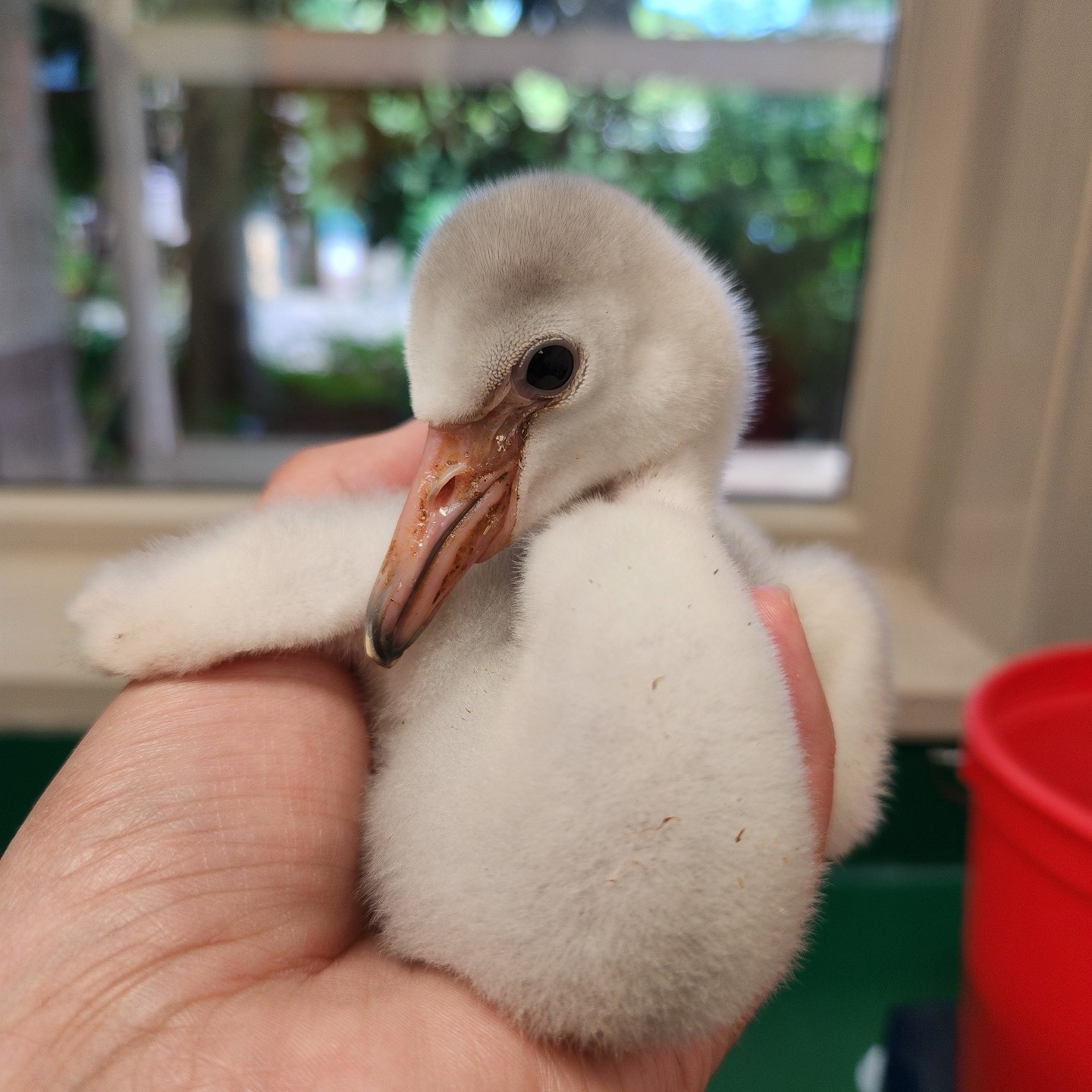- Introduction to the Flamingo Chick, Habitat, and Parental Care
- The Significance of the First Flamingo Chick in 2024 for Conservation Efforts
- Zoological Considerations in Flamingo Husbandry and Chick Development
- Zoo Management and Wildlife Preservation Strategies Implemented
- The Role of Public Engagement and Education in Flamingo and Wildlife Conservation
The first flamingo chick of 2024 has hatched, bringing excitement to bird enthusiasts and conservationists alike. This fluffy newcomer marks not just a moment of joy for the zoo but also signifies the thriving breeding programs that aim to bolster the populations of these iconic birds. As the chick takes its first steps in the habitat with its doting parents, zoo visitors are granted an opportunity to witness these graceful creatures nurturing their offspring—an intimate glimpse into the world of this feathered species.
Flamingos are known for their vibrant pink feathers, stilt-like legs, and the remarkable social structures that govern their colonies. The chick’s birth represents a triumph of carefully orchestrated care in a controlled environment, ensuring the species flourish amidst threats to their natural habitats. The successful hatching is also a testament to the expertise employed by zoologists and aviculturists who specialize in the species-specific needs of these birds.
Understanding flamingo care requires a comprehensive approach to their unique life cycle, which begins from the egg and continues through to adulthood. Their incubation period is around 28 to 32 days, during which constant temperature and humidity levels are critical. After hatching, flamingo chicks are born with grayish-white down and depend on their parents for feeding and protection. It will take several years for them to develop the full regalia of pink feathers due to the carotenoid pigments in their diet.
The hatchling’s development is a window into the dynamics of flamingo social structures, where communal living is essential. Flamingos are highly social birds that engage in collective nesting, foraging, and chick-rearing. In the wild, they inhabit environments ranging from lagoons to saline lakes, unfortunately facing increasing anthropogenic pressures. Through zoo management practices and wildlife conservation strategies, breeding programs aim to safeguard against the decline in natural populations caused by habitat loss, pollution, and climate change.
A thriving chick calls for an intricate balance of nutritional needs, environmental conditions, and social interactions the captive setting provides. These resilient birds adapt to various food sources; however, their diet is precisely configured to support health and coloration in a zoo setting. Regular veterinary monitoring ensures that the chick is growing properly and potential health issues are identified and treated early.
The habitat that this young flamingo now calls home is a deliberate design that mirrors its natural ecosystem. Substantial water bodies, suitable nesting sites, and compatible flock compositions are integral to fostering a setting stimulating the flamingos’ natural behaviors. These aspects and temperature adjustments to simulate seasonal changes contribute to a well-rounded habitat conducive to psychological welfare and physical growth.
Moreover, the presence of this chick serves as an educational tool, engaging the public in the conservation narrative. Zoos often act as bridges, connecting human communities with the plight of distant species. Educational programs and interactive experiences can inspire visitors to consider their environmental impact and contribute to conservation efforts. Zoos also routinely participate in international conservation projects, contributing to numerous species’ research, breeding, and reintroduction initiatives.
In essence, announcing the chick’s arrival is an invitation to meet the newest addition and a call to action. It is a celebration of life, an acknowledgment of the challenges wildlife faces, and a reminder of zoos’ pivotal role in the conservation landscape. Each visitor who comes to say “hello” steps into a wider conversation about ecological stewardship and the shared responsibility in safeguarding our planet’s biodiversity.
Every feathered chick that hatches is a step closer to understanding and protecting the species. This fledgling flamingo will grow under expert care, contribute to the genetic diversity needed for a robust population, and possibly become a parent someday. Each step it takes paves the way for a more secure future for its species, and as such, it’s not merely a bundle of feathers but a beacon of hope for wildlife conservation.
*****
Source Description
Happy
The first flamingo chick of 2024 has hatched, and this little bundle of cuteness is now on habitat with its parents! Come out to the Zoo this weekend and say “hello!” 👋


